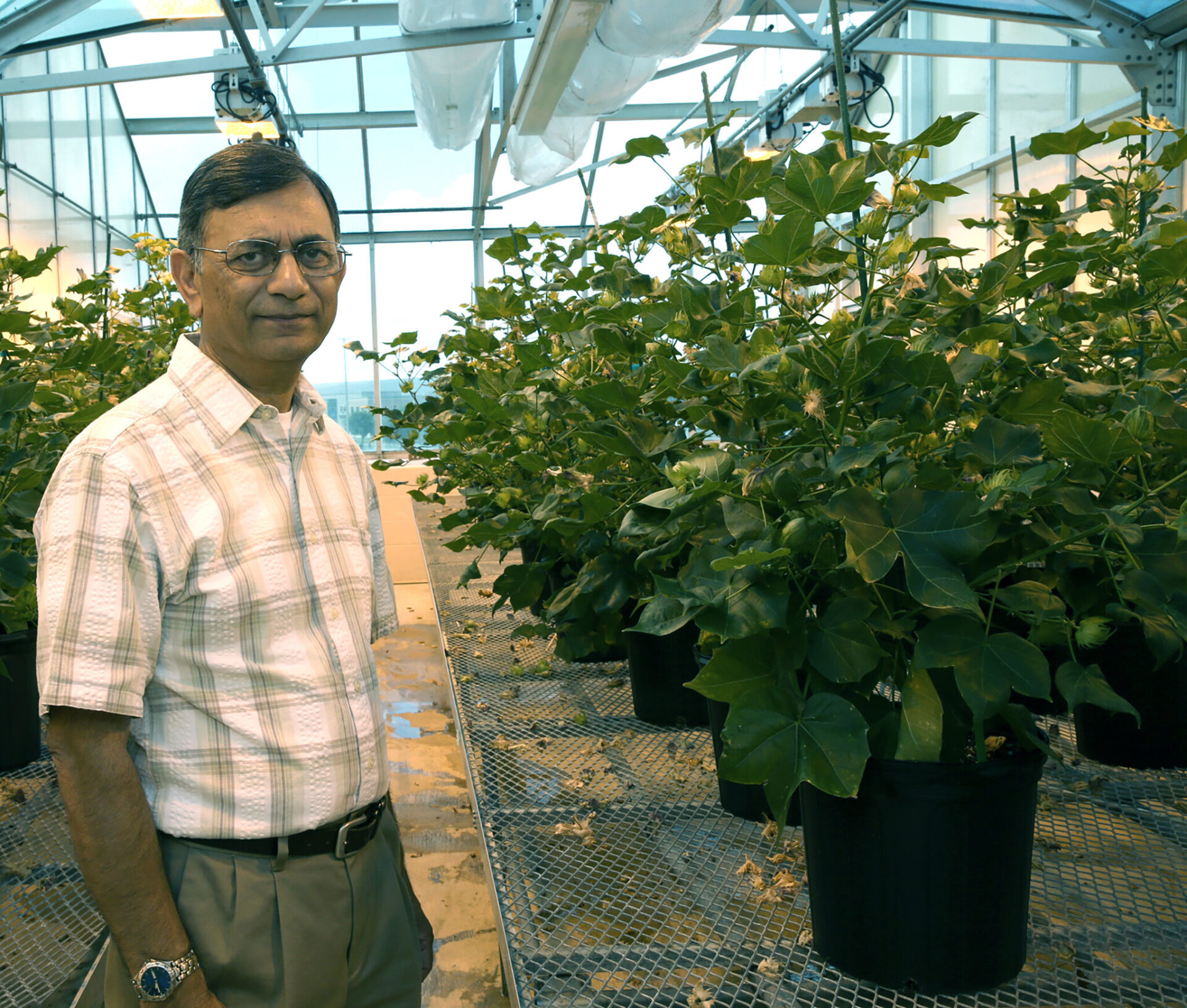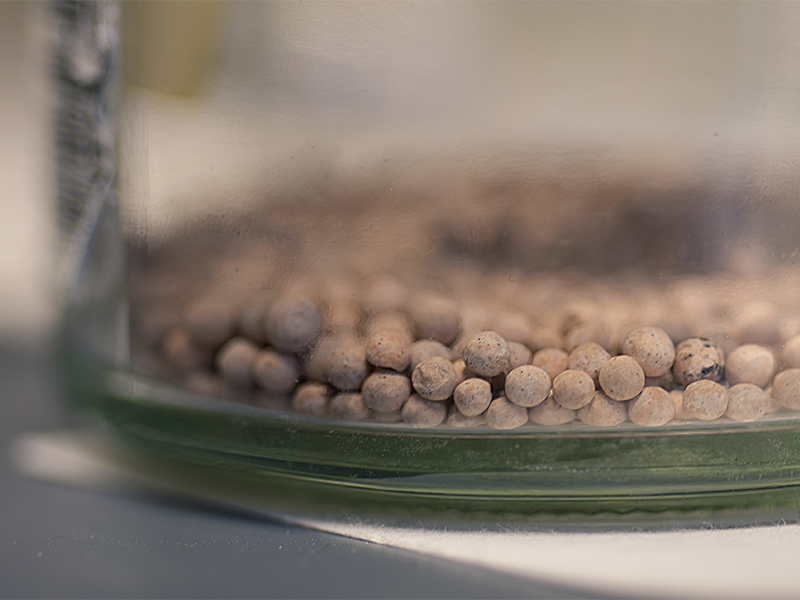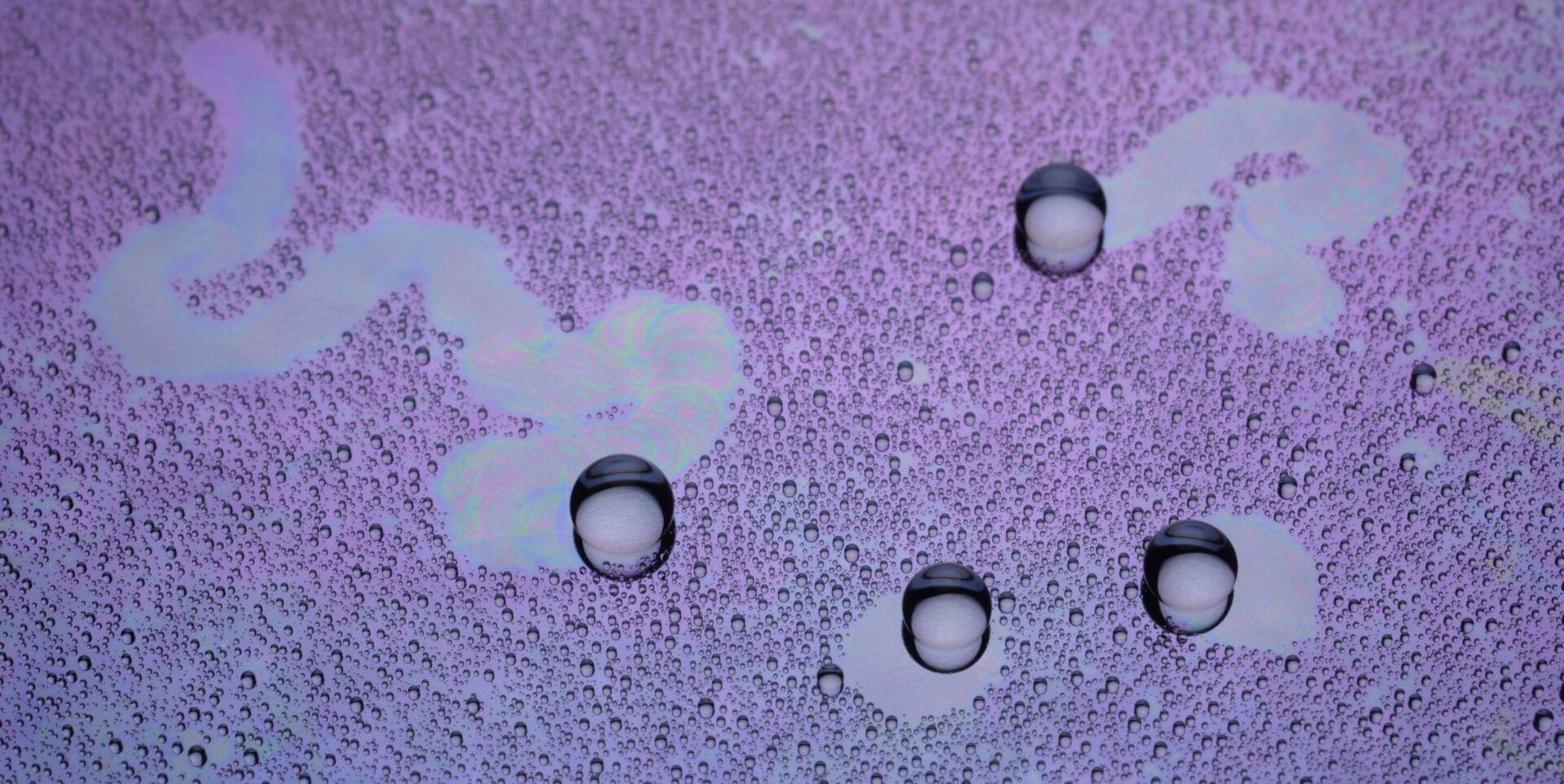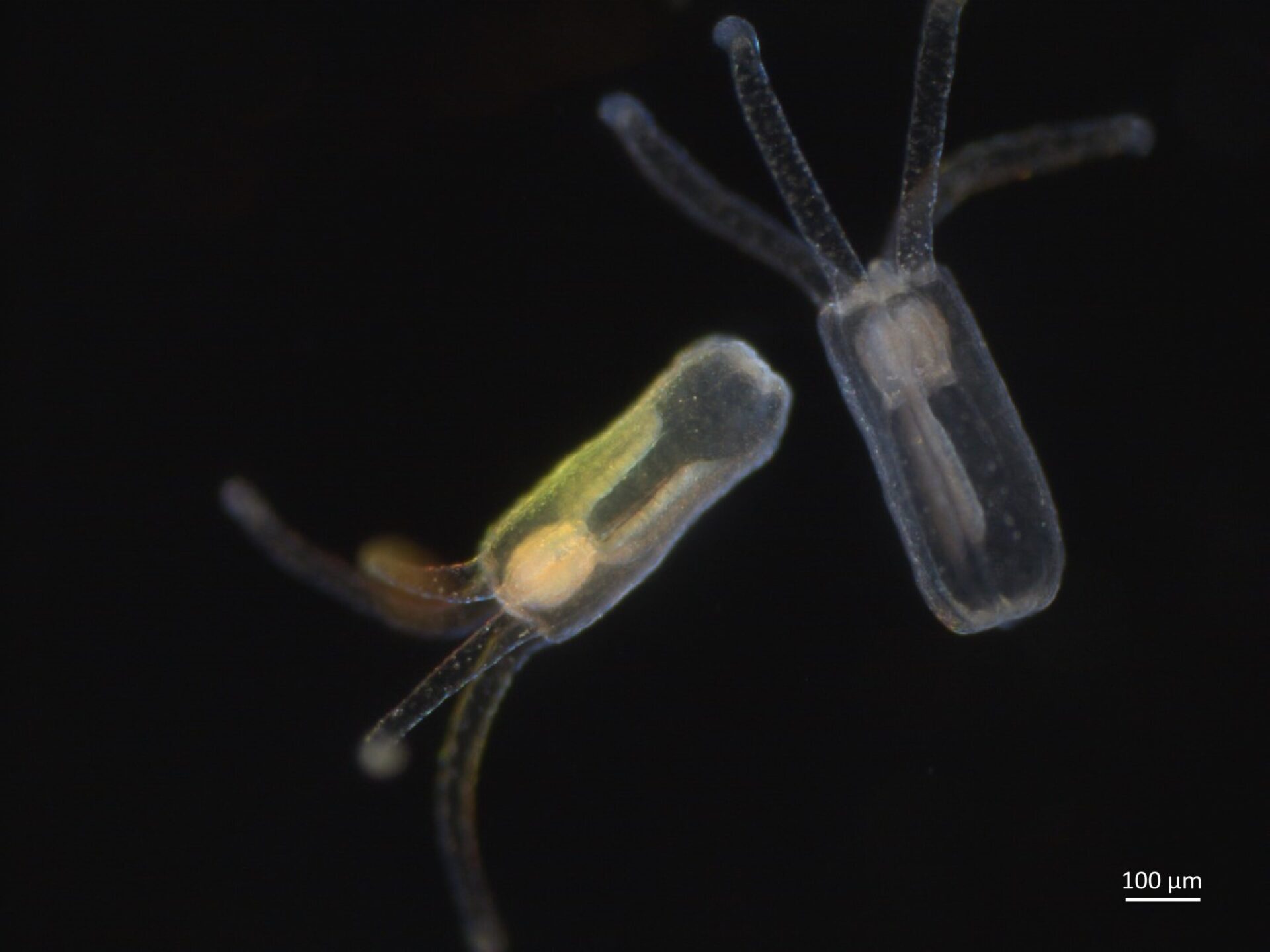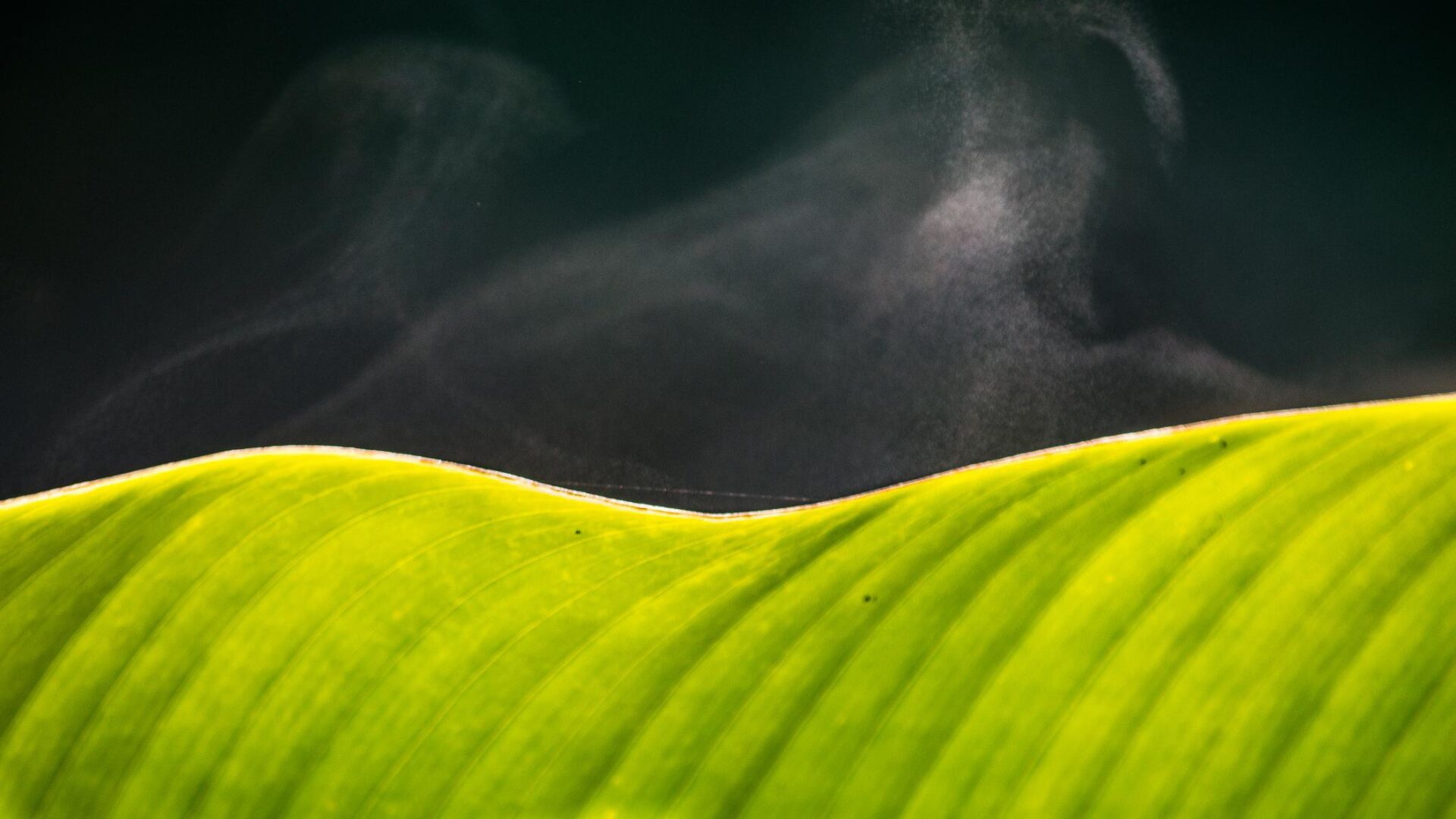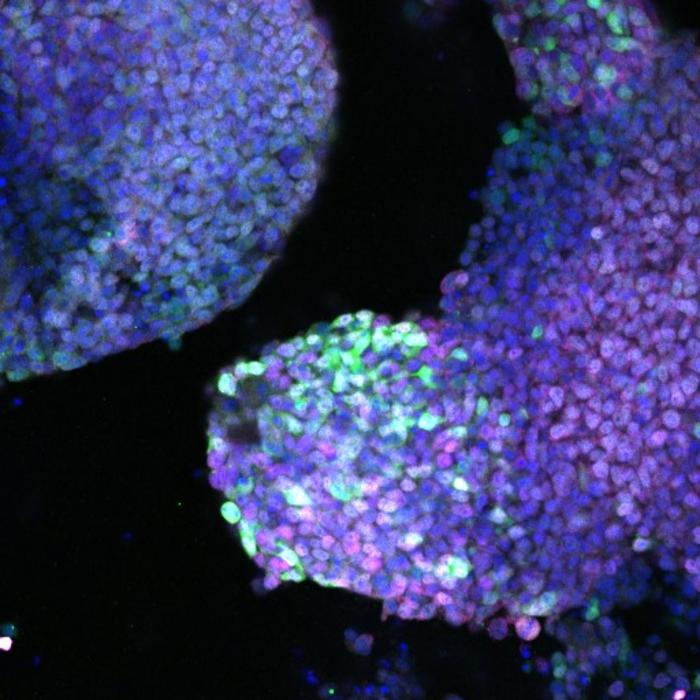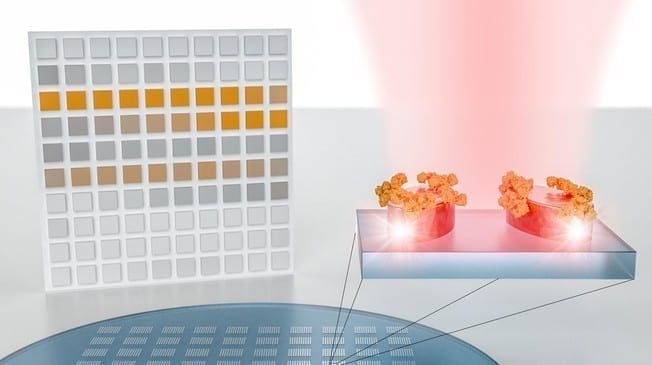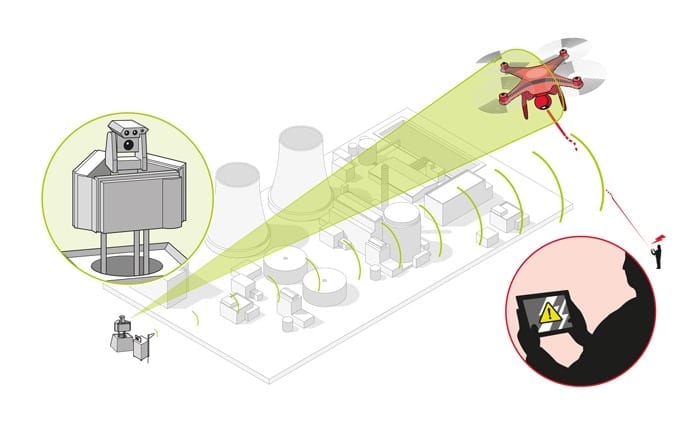
Courtesy of the researchers
Researchers combine the warm look of traditional light bulbs with 21st-century energy efficiency.
Traditional light bulbs, thought to be well on their way to oblivion, may receive a reprieve thanks to a technological breakthrough.
Incandescent lighting and its warm, familiar glow is well over a century old yet survives virtually unchanged in homes around the world. That is changing fast, however, as regulations aimed at improving energy efficiency are phasing out the old bulbs in favor of more efficient compact fluorescent bulbs (CFLs) and newer light-emitting diode bulbs (LEDs).
Incandescent bulbs, commercially developed by Thomas Edison (and still used by cartoonists as the symbol of inventive insight), work by heating a thin tungsten wire to temperatures of around 2,700 degrees Celsius. That hot wire emits what is known as black body radiation, a very broad spectrum of light that provides a warm look and a faithful rendering of all colors in a scene.
But these bulbs have always suffered from one major problem: More than 95 percent of the energy that goes into them is wasted, most of it as heat. That’s why country after country has banned or is phasing out the inefficient technology. Now, researchers at MIT and Purdue University may have found a way to change all that.
The new findings are reported in the journal Nature Nanotechnology by three MIT professors — Marin Solja?i?, professor of physics; John Joannopoulos, the Francis Wright Davis Professor of physics; and Gang Chen, the Carl Richard Soderberg Professor in Power Engineering — as well as MIT principal research scientist Ivan Celanovic, postdoc Ognjen Ilic, and Purdue physics professor (and MIT alumnus) Peter Bermel PhD ’07.
Light recycling
The key is to create a two-stage process, the researchers report. The first stage involves a conventional heated metal filament, with all its attendant losses. But instead of allowing the waste heat to dissipate in the form of infrared radiation, secondary structures surrounding the filament capture this radiation and reflect it back to the filament to be re-absorbed and re-emitted as visible light. These structures, a form of photonic crystal, are made of Earth-abundant elements and can be made using conventional material-deposition technology.
That second step makes a dramatic difference in how efficiently the system converts electricity into light. One quantity that characterizes a lighting source is the so-called luminous efficiency, which takes into account the response of the human eye. Whereas the luminous efficiency of conventional incandescent lights is between 2 and 3 percent, that of fluorescents (including CFLs) is between 7 and 15 percent, and that of most compact LEDs between 5 and 15 percent, the new two-stage incandescents could reach efficiencies as high as 40 percent, the team says.
The first proof-of-concept units made by the team do not yet reach that level, achieving about 6.6 percent efficiency. But even that preliminary result matches the efficiency of some of today’s CFLs and LEDs, they point out. And it is already a threefold improvement over the efficiency of today’s incandescents.
The team refers to their approach as “light recycling,” says Ilic, since their material takes in the unwanted, useless wavelengths of energy and converts them into the visible light wavelengths that are desired. “It recycles the energy that would otherwise be wasted,” says Solja?i?.
Read more: A nanophotonic comeback for incandescent bulbs?
The Latest on: Light recycling
[google_news title=”” keyword=”light recycling” num_posts=”10″ blurb_length=”0″ show_thumb=”left”]
via Google News
The Latest on: Light recycling
- New Orleans Likes to Drink. They Spotted a Huge Recycling Opportunityon April 27, 2024 at 2:04 am
College students started a venture that has diverted glass bottles from landfills and crushed them into sand for coastal restoration efforts.
- Proof of concept study shows path to easier recycling of solar moduleson April 26, 2024 at 10:45 am
The use of femtosecond lasers to form glass-to-glass welds for solar modules would make the panels easier to recycle, according to a proof-of-concept study conducted by researchers at the U.S.
- Keep Alliance Beautiful: Recycling Comes Easy At Golden Houron April 25, 2024 at 4:30 pm
Nothing extraordinary. A car stopped outside the Keep Alliance Beautiful Recycling Center several months ago, we toted the load inside. The woman looked familiar though the face I could not ...
- NREL researchers find path to easier solar panel recyclingon April 25, 2024 at 4:13 pm
The study claims that using lasers to melt edges of glass together could eliminate the need for plastic polymer sheets currently used in panel design.
- Call of Duty 2024 Recycling Black Ops 4 Content Might Be a Shot in its Footon April 25, 2024 at 5:30 am
Rumors and leaks about 2024's Call of Duty release suggest that it might borrow from Black Ops 4, and this could ultimately weigh the game down.
- Nevadans only recycle one out of every four eligible items. Experts say increasing that is simpleon April 24, 2024 at 8:23 am
For more than 30 years, Nevada has asked households to recycle 25 percent of qualified materials — plastics, paper, aluminum and more. It’s not a mandate. And in 2021, Nevada’s division of ...
- Lawmakers greenlight statewide recycling program funded by packaging producerson April 23, 2024 at 1:30 pm
Colorado lawmakers last week approved a program that aims to expand recycling across the entire state and will be funded by large packaging producers.
- The troubling truth about our country's recycling programson April 22, 2024 at 3:00 am
Kurt “CyberGuy" Knutsson reveals how a Redditor exposed false recycling claims at their apartment, highlighting a report that only 21% of U.S. recyclables are processed.
- Your guide to recycling clothing, makeup, electronics, batteries and more in Phillyon April 22, 2024 at 2:01 am
Finding services for specialty items can be a headache. Here are chain stores, city centers and local businesses that will take them.
- Homeboy Industries program recycling old clothing, sparing landfillson April 17, 2024 at 9:27 pm
COMMERCE, Calif. (KABC) -- Homeboy Industries is not only finding ways to provide new lives for those who were incarcerated or formerly in gangs. It's also giving second chances to old clothing, using ...
via Bing News

